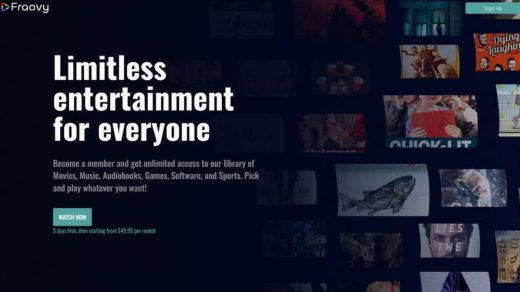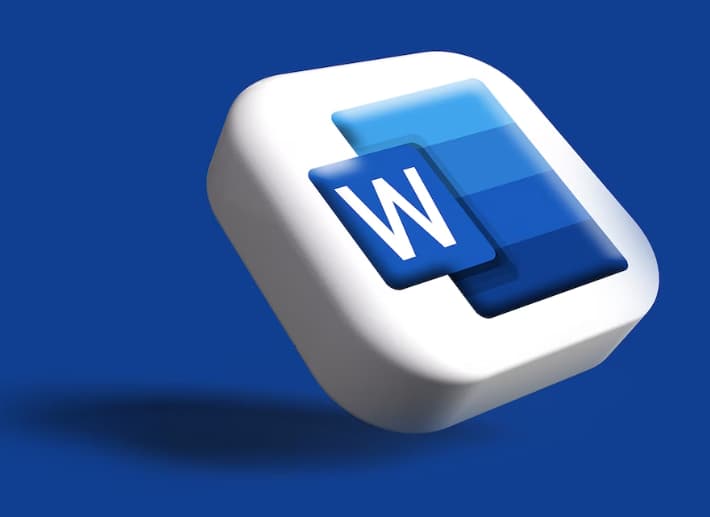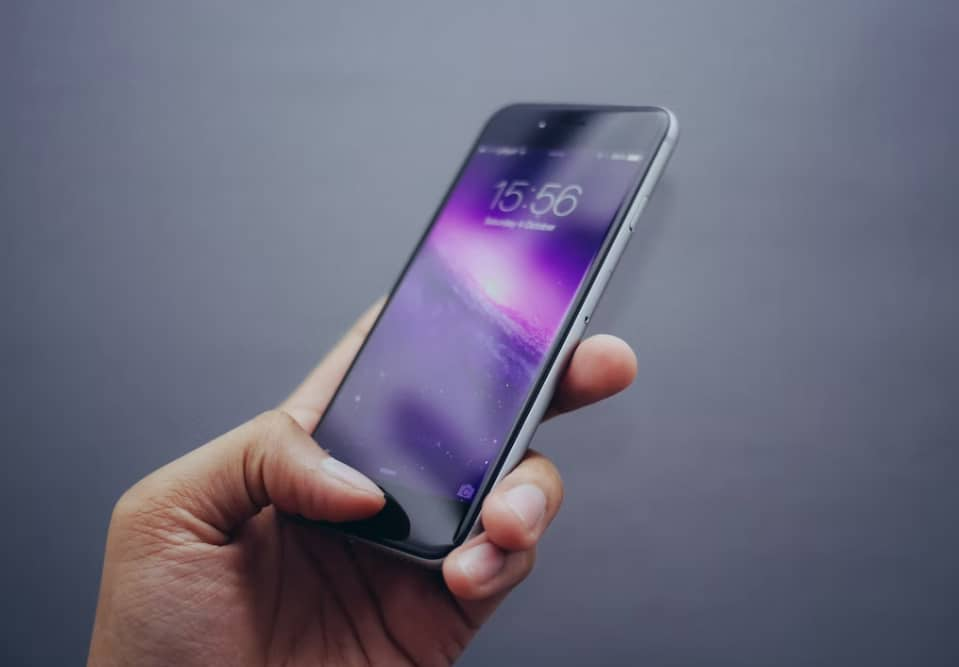Basing your app on the Software-as-a-Service licensing model can help you provide flexibility and convenience for your customers without raising the price tag too high. However, SaaS environments also come with risks.
SaaS applications are a common target for cybercriminals, meaning you need to know how to ensure proper defenses to protect your customers. Fortunately for you, there is a wide variety of practices that you can use to bolster your SaaS security.
Your options range from implementing single sign-on (SSO) and multi-factor authentication (MFA) in your application, offering data encryption, educating your users about common dangers, ensuring end-to-end data transmissions, and more. Read the article below to learn more about safeguarding your SaaS apps!
Implement Single Sign-On and Multi-Factor Authentication
No matter if you’re offering SaaS-based hybrid cloud storage solutions or a messaging app similar to Slack, you need to provide users with a safe and secure way to log in.
With SSO, your users will only need to remember one set of credentials to access all of the applications in your SaaS suite. The traditional approach of having a distinct password for every single feature can lead to password fatigue. This makes people more likely to use weak and easily guessed passwords or write them down where they can be readily stolen.
With SSO, you can reduce the number of passwords your users have to remember while also making it more difficult for cybercriminals to access your SaaS app.
On the other hand, MFA adds an extra layer of security by requiring users to provide additional information beyond just their username and password. This could be a one-time code that is sent to their phone or email, a biometric scan, or something else.
MFA makes it significantly harder or even next-to-impossible for cybercriminals to enter your SaaS app even if they have stolen a user’s credentials. After all, they would also need access to the user’s phone or email to confirm their identity.
Offer Data Encryption
Data encryption is another crucial security measure that you should implement to protect your SaaS application. This technique involves transforming readable data into an unreadable format that can only be deciphered with the proper key. That way, even if someone manages to steal your data, they will not be able to make sense of it without the key.
There are two main types of data encryption: symmetric and asymmetric. With symmetric encryption, the same key is used to encrypt and decrypt the data. This is the simpler of the two methods, but it does have a slight downside: the key needs to be shared with anyone who needs to access the data.
Asymmetric encryption, on the other hand, uses two different keys – a public key that is used to encrypt the data and a private key that is used to decrypt it. The advantage of this approach is that the private key never needs to be shared, making it more secure. However, it is also more computationally intensive, meaning it is not always feasible for large data sets.
Ensure End-to-End Data Transmissions
When transmitting data, it is vital to ensure the connection is secure from end to end. That way, even if someone manages to intercept the data in transit, they will not be able to read it as it will be encrypted. There are a few different ways to achieve this, including using Secure Sockets Layer (SSL) or Transport Layer Security (TLS) protocols.
Conduct Regular Security Audits
In addition to the measures listed above, it is also important to conduct regular security audits of your SaaS application. This will help you to identify any potential vulnerabilities so that you can address them before they are exploited by cybercriminals.
There are a few different approaches that you can take when conducting a security audit. One option is to hire an external company that specializes in this type of assessment. Another possibility is to use automated tools that can scan your code for potential vulnerabilities. Finally, you can also manually review your code and architecture yourself or with the help of your team.
Educate Your Customers
Lastly, it is also vital to educate your customers about SaaS security. After all, even the best defenses will be for naught if your users do not know how to use them properly.
Make sure your users know the dangers of phishing scams and how to recognize them. Additionally, it is a good idea to provide instructions on what to do if they suspect that their account has been compromised. You should also offer quick and easy ways for them to get in touch with you if they have any questions or concerns.
Conclusion
Although SaaS applications come with their own set of security risks, there are a number of measures that you can take to safeguard your SaaS app.
You can make the authentication process more secure by implementing SSO and MFA, encrypting your data to protect it from theft, ensuring end-to-end data transmissions, conducting regular security audits, and educating your customers about SaaS security.
Of course, these are only some of the measures you can implement to secure your SaaS application. As the threats evolve, it is important to stay up-to-date on the latest security trends and practices always to be one step ahead of the cybercriminals. Good luck!



